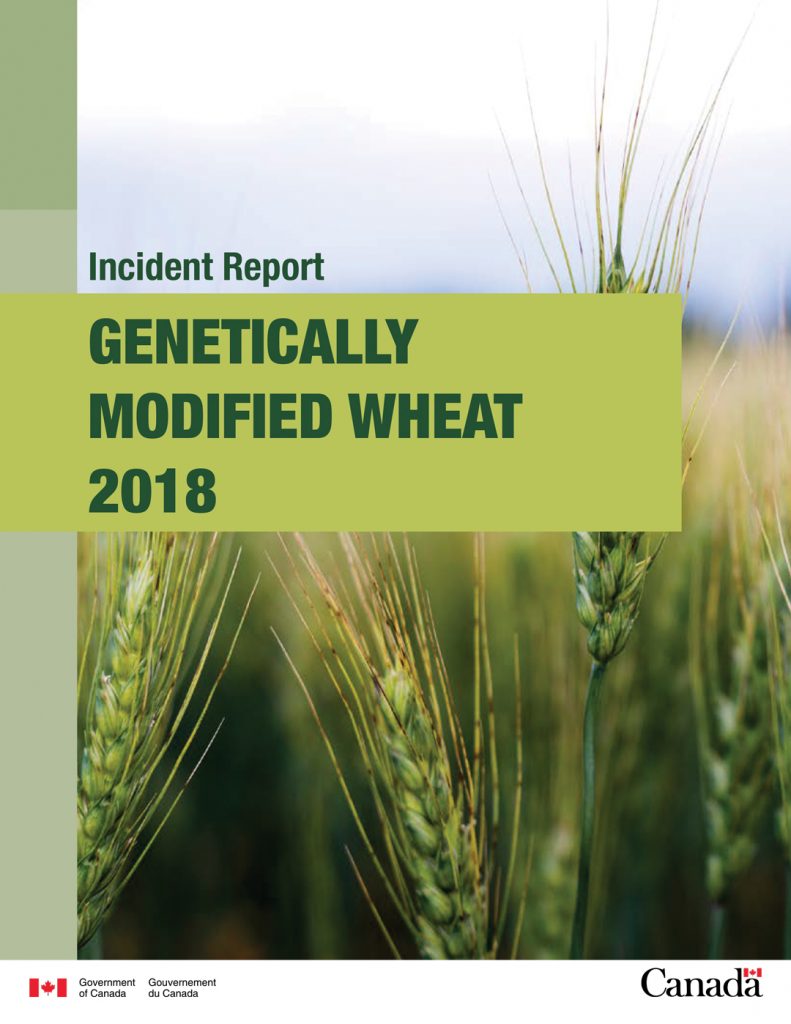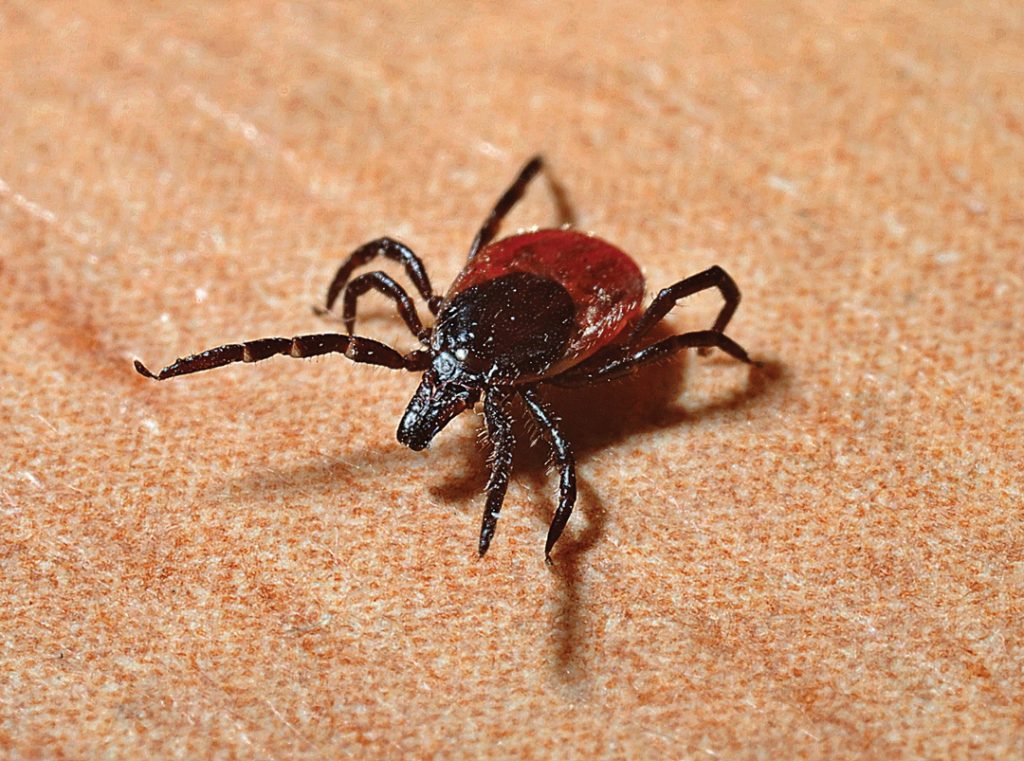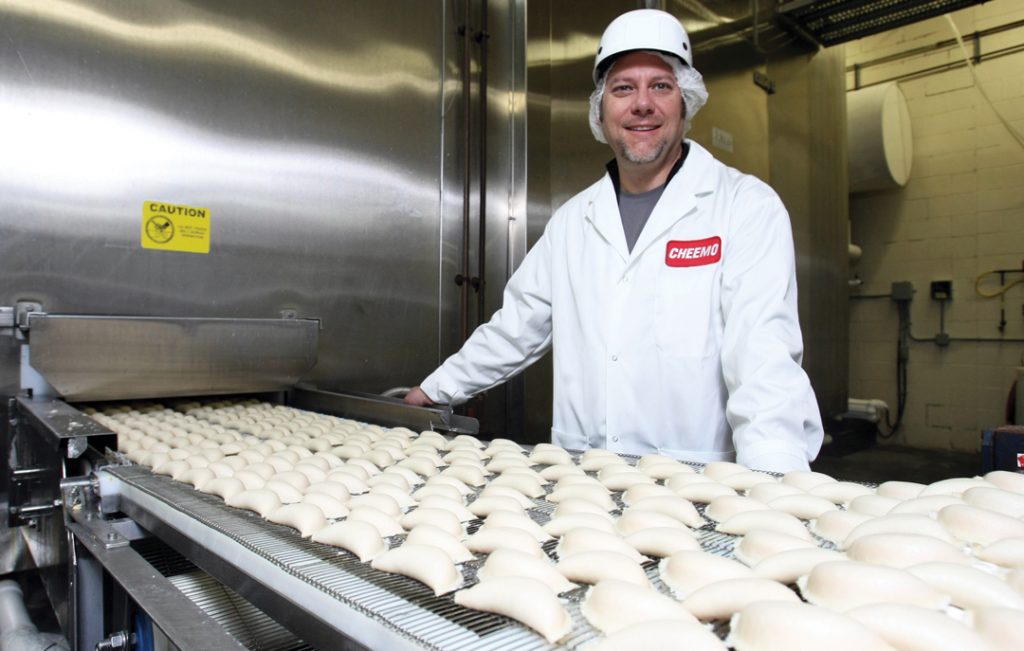THE MORE THE MERRIER
Greg Stamp knows that a higher seeding rate generally produces a better crop.

Greg Stamp knows that a higher seeding rate generally produces a better crop.

On Jan. 31, 2018, Alberta Agriculture and Forestry notified the Canadian Food Inspection Agency (CFIA) about the discovery of herbicide-tolerant wheat plants found on an oil well access road in southern Alberta.

With the support of Beer Canada and provincial brewer associations, the Canadian Food Inspection Agency (CFIA) will be amending the beer compositional standards section of the Food and Drug Regulations—referred to as the Beer Standard—to clarify beer rules and support innovations in the brewing industry.

GrainsWest first spoke to Hames in mid-October when wet weather and record early snowfall had disrupted harvest across the province. It was clear then that a high percentage of Prairie grain would need to be dried. This got farmers talking about fair pricing for custom drying.

A bacterial infection caused by Borrelia burgdorferi, Lyme disease is spread by two types of ticks found in Canada.

There’s much buzz in northern Manitoba about the reopening of the Hudson Bay Rail Line and Port of Churchill.

Heritage purchases about nine million kilograms of Alberta Hard Red Spring Wheat flour a year from ADM Milling Co. of Calgary. This flour is used to produce three million perogies a day for a total of 750 million per year. That’s enough to fill 1,200 semitrailers.

“The need and desire for farmers to brand their farm has definitely picked up quite a bit over the last several years,” said Christensen. “When I started, this was really niche, but now, yes, there’s more and more interest.”

Western Canadian farmers may experience a few hiccups of their own when it comes to protecting their crops thanks to recent decisions by Health Canada’s Pest Management Regulatory Agency (PMRA) surrounding three common neonicotinoids.

With the implementation of the Comprehensive and Progressive Agreement for Trans-Pacific Partnership (CPTPP), Canada will now have better access to international markets comprised of 495 million people, representing a $13.5 trillion chunk of the global gross domestic product (GDP).